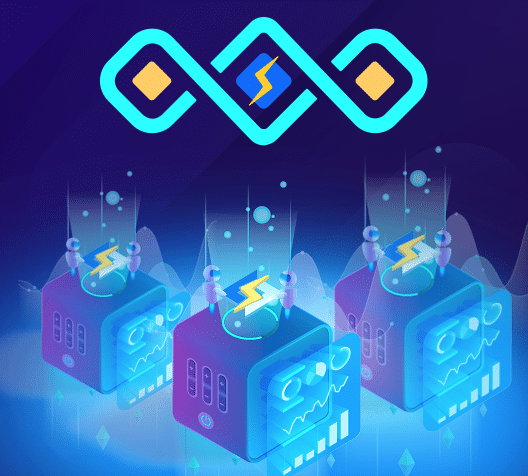 LiteSpeed Web ADC (Application Delivery Controller) is a new generation load balancer suitable for projects of any scale, being able to handle everyday traffic and occasional spikes alike. Lightning fast scalability on demand ensures adapting to the needs of the business, and staying highly efficient and safe at the same time.
LiteSpeed Web ADC (Application Delivery Controller) is a new generation load balancer suitable for projects of any scale, being able to handle everyday traffic and occasional spikes alike. Lightning fast scalability on demand ensures adapting to the needs of the business, and staying highly efficient and safe at the same time.
LiteSpeed Web ADC supports modern HTTP/3 protocol and flexible algorithm of traffic distribution for optimal performance, as well as ESI dynamic cache that helps to serve dynamic content directly and reduce requests to web servers. It provides secure run-time with enhanced cyber protection including Web Application Firewall (WAF), Layer-7 Anti-DDoS Filtering, brute force attacks defense, as well as IP level bandwidth and request rate throttling.
This load balancer can be configured via a friendly user interface that makes setup, configuration, and maintenance very easy. As high-end software, it has a comprehensive help system which is accessible via the WebAdmin console.
To get LiteSpeed load balancer up and running in your cloud environment follow the steps below.
LiteSpeed Load Balancer Installation
1. Log into your Jelastic Paas account and click New Environment at the top.

2. Within the opened topology wizard, choose LiteSpeed Web ADC load balancer. In order to get HTTP/3 aka QUIC support, enable public IP address. Specify any other required configuration parameters (add application servers or other instances), and state resource limits using the cloudlets slider, etc.
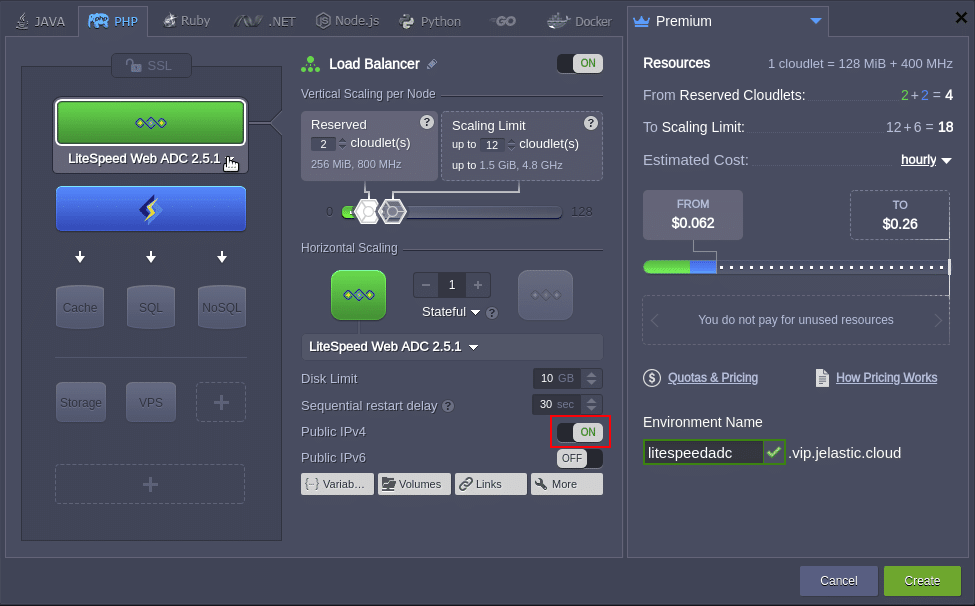
3. When the environment is created, you will receive emails with access credentials for the LiteSpeed WebAdmin console (separately for load balancer and application server if any).
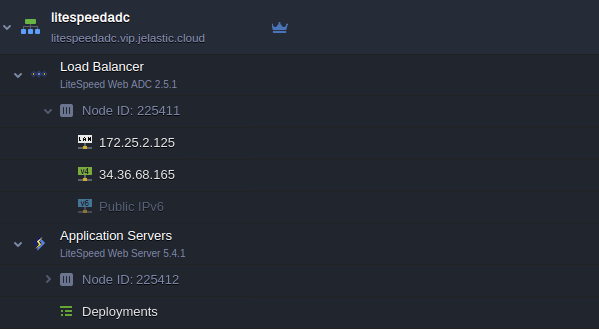
4. Log into the LiteSpeed Web ADC WebAdmin Console as admin user.
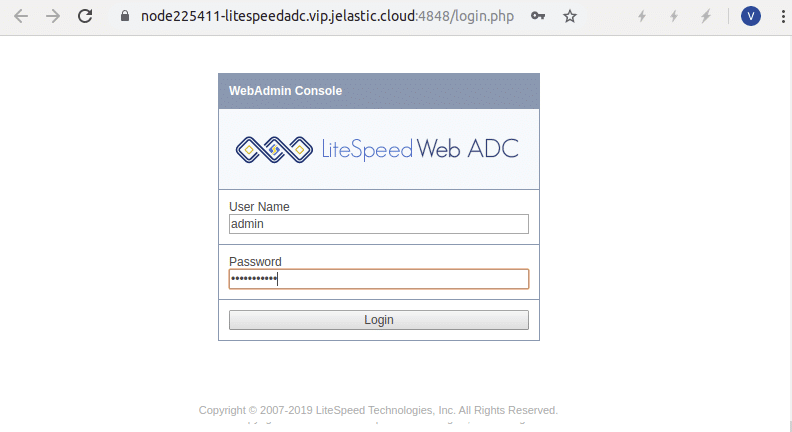
The load balancer parameters are grouped in three main areas: General, Configuration and WebAdmin Console.
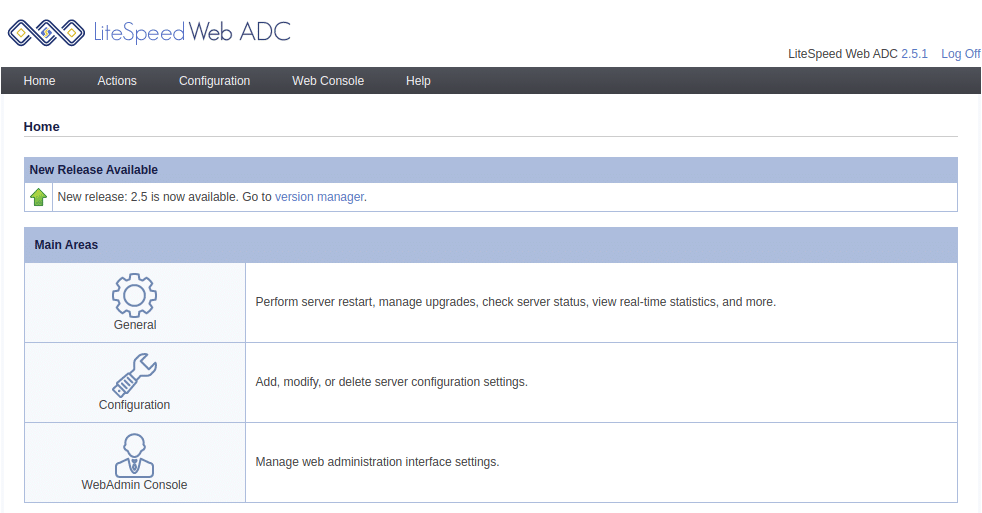
LiteSpeed Web ADC General Management
The General section allows to get access to the service manager to perform general actions such as service monitoring and controlling top-level functions:
- Restart – allows performing graceful restart applying configuration changes;
- Toggle Debug Logging – allows to enable/disable debug level logging in an emergency manner (always set debug level to NONE if you do not need detailed debug logging while active debug logging will severely degrade service performance and potentially eat disk space in a very short time; debug logging includes detailed information for each request and response);
- Server Log Viewer – displays server logs of different levels using a user-friendly representation;
- Real-Time Statistics – real-time service statistics monitoring;
- Version Manager – downloads new versions or switches between installed versions.
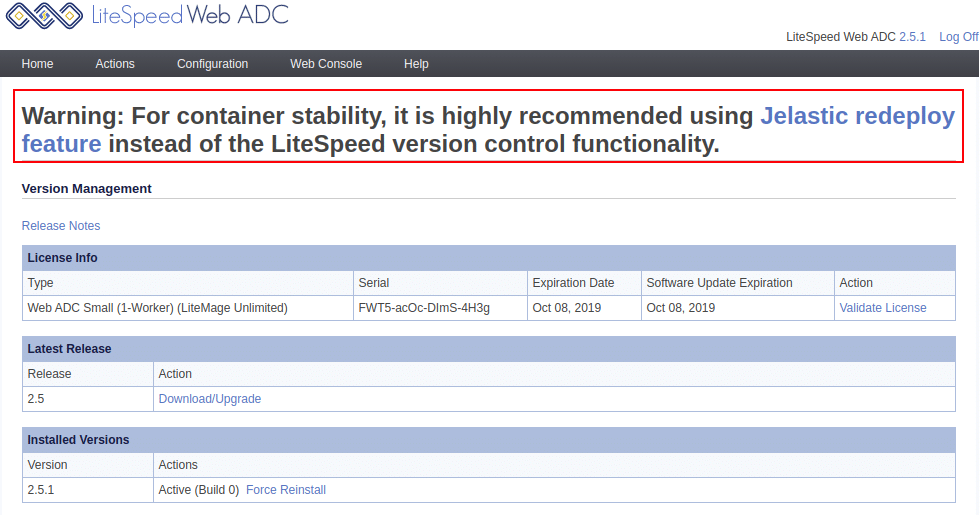
In order to keep your environment compatible with the Jelastic PaaS platform, it is strongly recommended using Redeploy Containers functionality at the dashboard instead of the LiteSpeed Version Management.

LiteSpeed Web ADC Configuration
The Configuration section provides the admin user with settings in six directions:
- Server – general and specific server settings: Security, Cache, PageSpeed Module Settings, ZeroConf etc.;
- Listeners: plain and secure (SSL) – a server socket that listens on specific IP address and TCP port;
- Clusters – a group of back-end servers (nodes) that run the same type of service (a load balancer distributes requests to cluster nodes based on predefined rules);
- Virtual Hosts – load balancing can be performed for multiple web sites (virtual hosts) on different clusters;
- Virtual Host Templates – pre-configured templates simplify the administration of virtual hosts with similar configuration (each template includes a template configuration file, a list of mapped listeners and a list of member virtual hosts);
- HA – high availability (HA) configuration that ensures fail-over for two load balancer nodes.
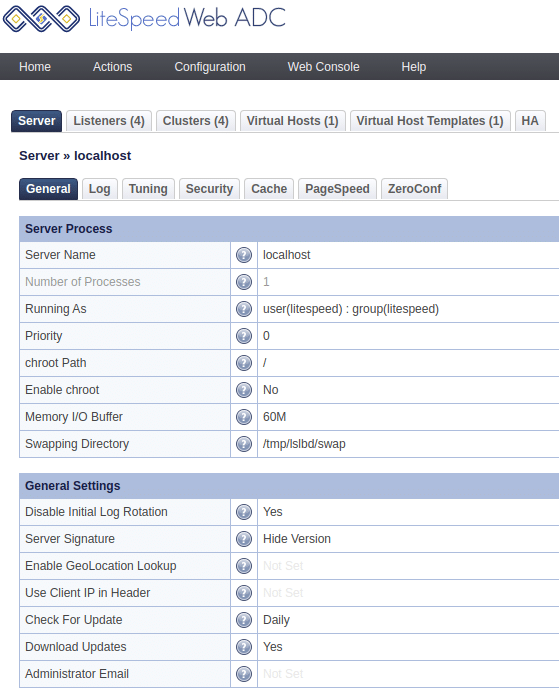
LiteSpeed Web ADC Static Assets Caching
In order to decrease the workload on back-end servers, a cache within the load balancer can be configured to serve static assets requests. Originally, LSCache functionality was designed to cache dynamic pages only, but currently there are LSCache plugins available that handle all types of caching. For example, a CDN-like feature can be used in order to make the load balancer to do static assets caching. The following steps enable this configuration:
1. Log into the WebAdmin Console of LiteSpeed Web ADC. Go to Configuration and select Virtual Hosts.

2. Open the required Virtual Host for editing (Jelastic, in this case).
3. Select the Rewrite tab and switch the Enable Rewrite parameter to Yes.
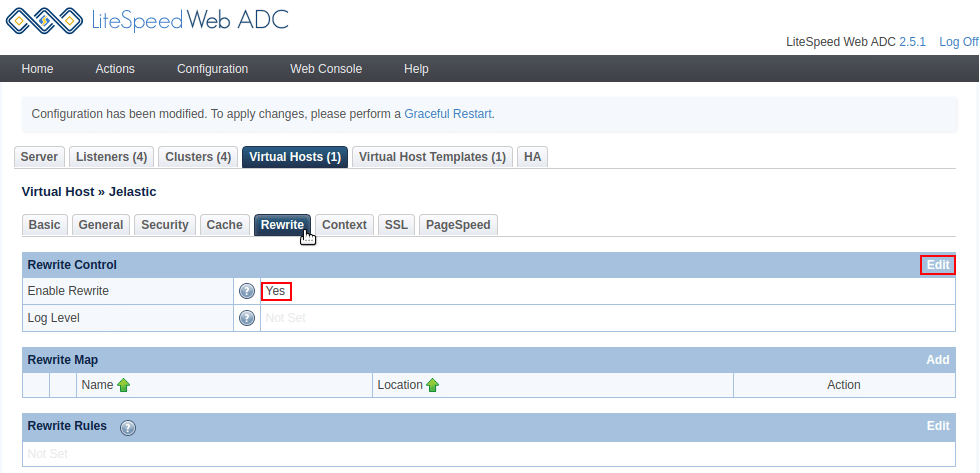
4. Edit Rewrite Rules by adding the lines:
RewriteCond %{REQUEST_METHOD} ^HEAD|GET$
RewriteCond %{REQUEST_URI} ^.*\.(jpg|gif|png)$ [NC]
RewriteRule .* – [L,E=cache-control:max-age=300]Shown rules allow caching of three types of static assets – image files with extensions .jpg, .gif or .png. Any type of file can be cached, even application files like .php can be stated that will actually make LSADC cache dynamic content as well.

5. The final step is to perform a Graceful Restart via the Actions menu item.
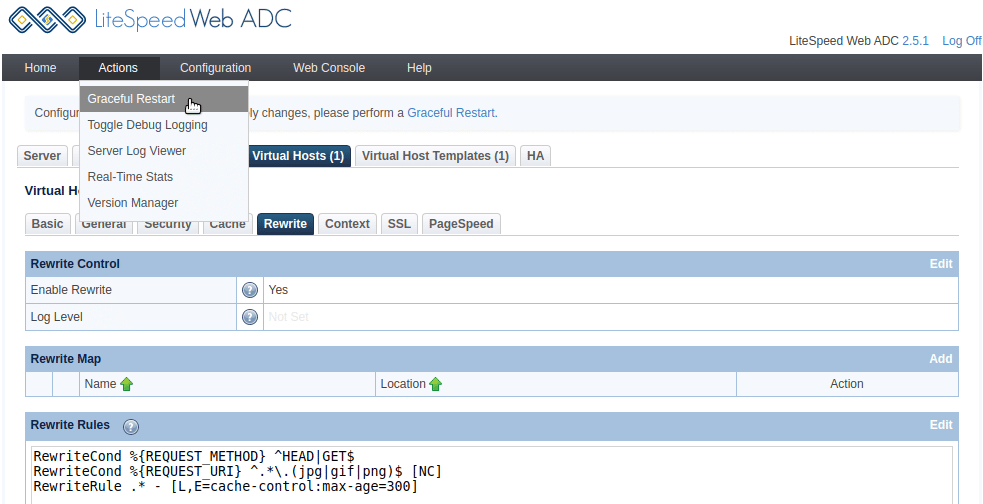
6. To make sure the static assets caching is working, open your application in your web-browser, go to development tools and see the Response Headers section related to the required static asset (e.g., *.png). It should contain a header like this:
X-LSADC-Cache: miss
Once you refresh the webpage, the header should switch to hit state:
X-LSADC-Cache: hit
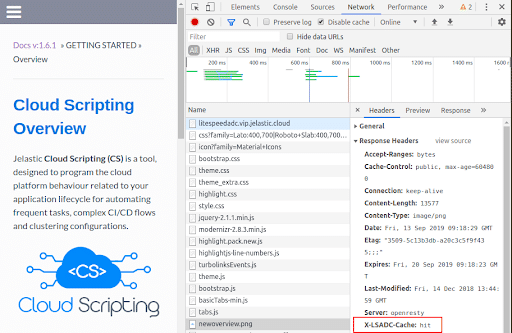
Hitting the cache means the asset was delivered from the cache storage directory of the load balancer and not from the back-end server.
LiteSpeed Web ADC Licensing and Price
Specifically for Jelastic PaaS, a more flexible pricing model was created for LiteSpeed balancers that suits dynamic cloud environments. You are charged based on the network traffic processed by the node at the rate of $0.01 per GB. In case there was no traffic at all during an hour, a minimum fee of $0.01 is charged for the license usage. The maximum total charge per month is $65.00, i.e., any network traffic over 6500 GB is free of charge until the end of the month (the starting date is defined by the very first charge).
Now you are aware of the key advantages with load balancing from LiteSpeed Technologies. Explore the benefits of high performance and high availability with the cutting edge LiteSpeed Web ADC hosted at our Jelastic PaaS platform.
